Mia Inkilä is working at Metsä Fibre’s Joutseno pulp mill’s technical production team and works as an operating engineer in wood processing. She is responsible for the uptime of the department and supervises process operators in wood processing.
Inkilä’s working day usually begins with the fibre line’s morning meeting to discuss the weekend’s safety observations and maintenance work.
The wood processing equipment is regularly maintained. On days reserved for maintenance, Inkilä is responsible for ensuring that the necessary safety isolations have been carried out. She also issues permits to work. The purpose of the permit-to-work procedure is to ensure the safe performance of work through risk assessment, preparation and induction.
“In wood processing, practically all repairs require at least a permit for process equipment. If the work involves welding, you also need a permit for hot work,” says Inkilä.
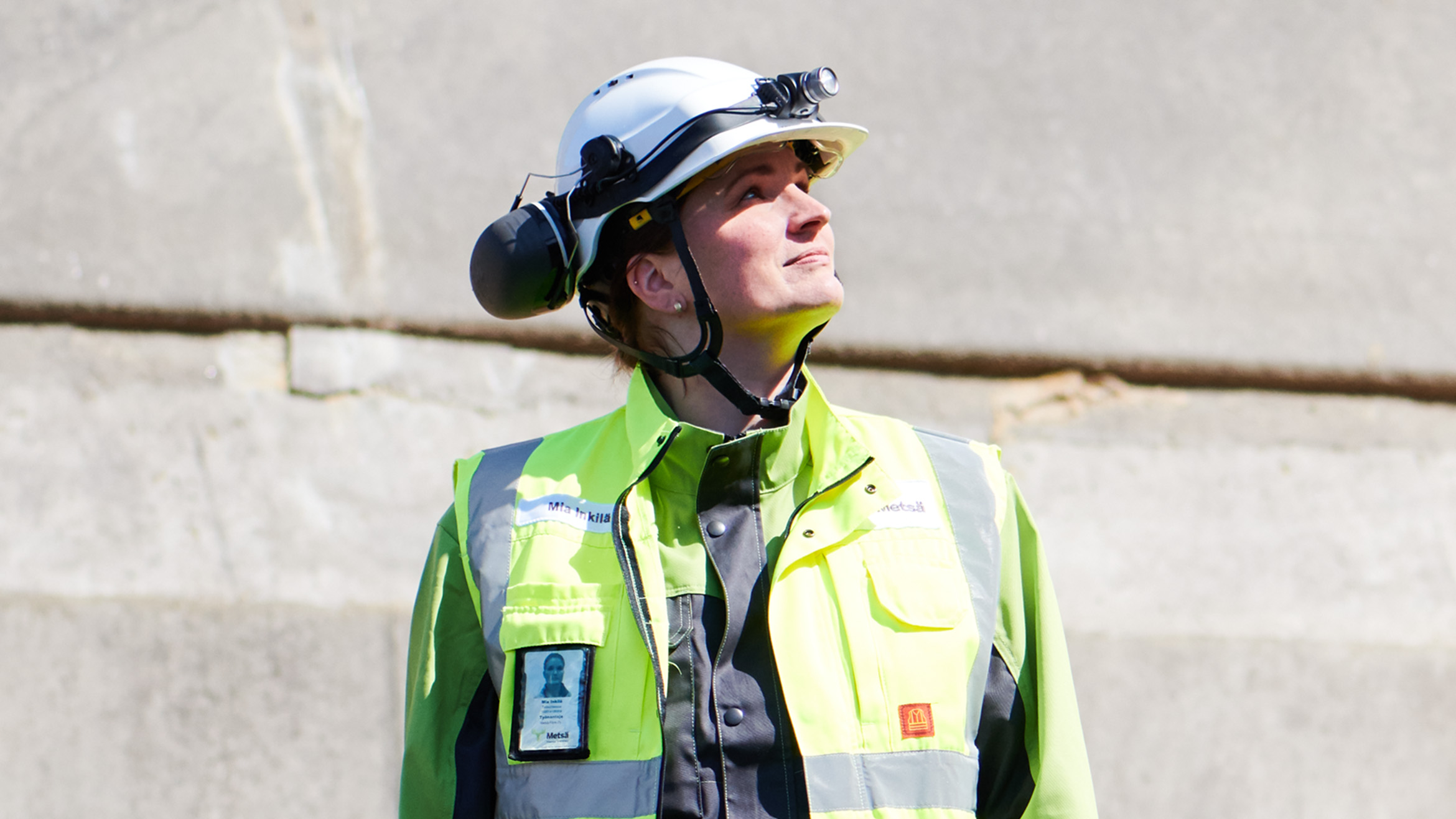
Pressure equipment performance must be regularly checked
At the Joutseno pulp mill’s cooking plant, Isto Gröhn, the pulp department engineer, listens closely to the equipment. Is the bearing making an unusual sound that could signal a future need for repairs?
“I work with maintenance team members to ensure the mill equipment operates reliably,” says Gröhn.
Some of the equipment is categorised as pressure equipment, which means any tank, pipeline or other technical element that has higher-than-normal pressure or that may develop higher-than-normal pressure. As the supervisor of pressure equipment, Gröhn is responsible for regularly checking the condition of silos and equipment.
“A pulp mill department engineer has a wide job description. I have benefited greatly from having worked as the mill’s shift engineer before taking on my current duties. It introduced me to the mill’s entire process.”
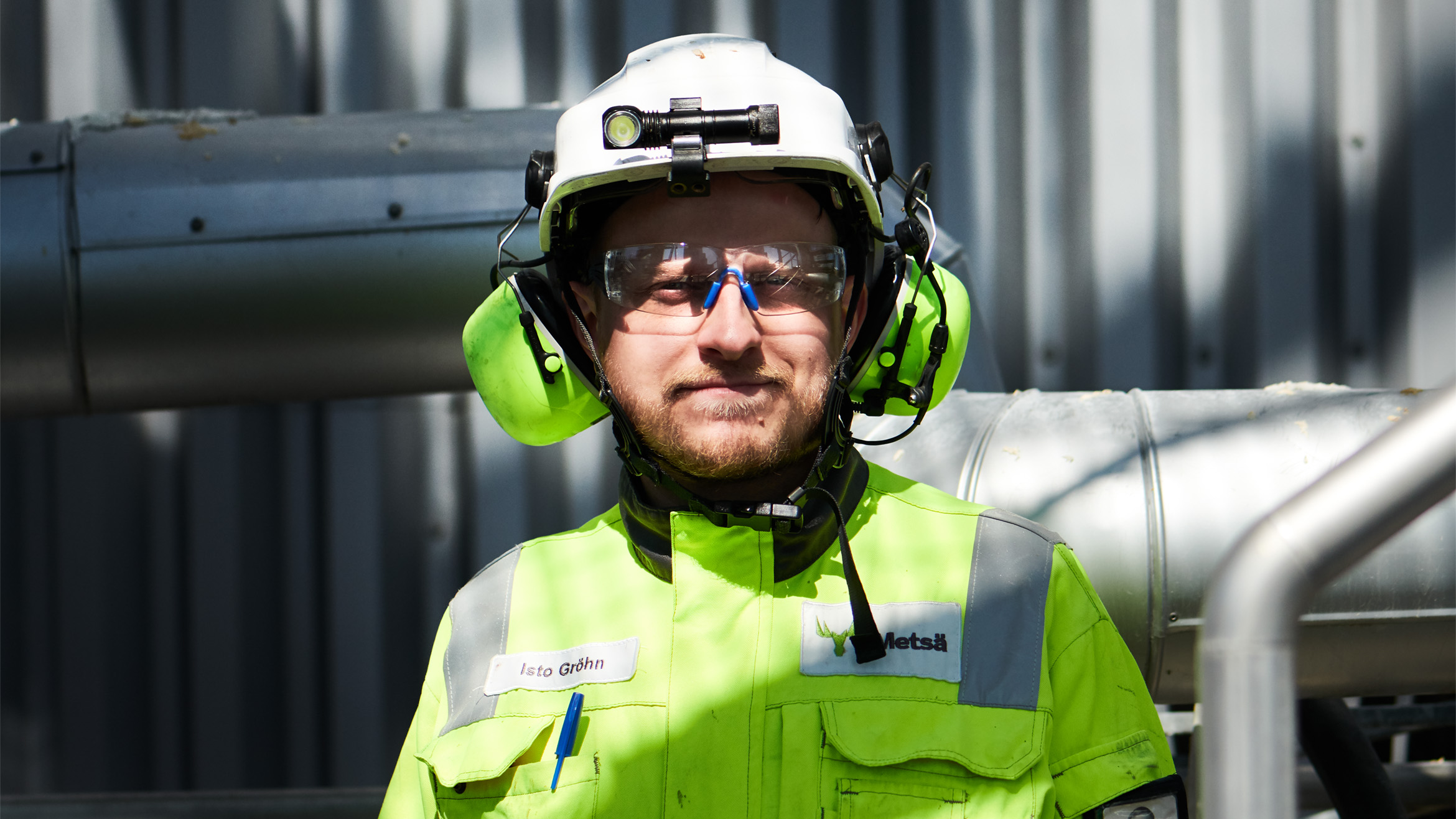
The recovery department works to promote environmental targets
The best part of work is that every day is different – at least if you ask Tuomas Vainikka, a production engineer for Joutseno pulp mill’s recovery line.
Using a report prepared by AFRY, a provider of engineering and consulting services, Vainikka has recently explored ways to use secondary heat generated at the mill more efficiently.
“We have successfully used secondary heat to reduce the use of steam in the glycol cycle, and it may help us replace steam altogether. This would create considerable savings.”
Doing things together is meaningful, and success is motivating.
Tuomas Vainikka
No one needs to tackle challenges alone; most of the work is carried out jointly with colleagues and experts from partner companies.
“Doing things together is meaningful, and success is motivating. When that’s the case, it doesn’t matter if problem-solving sometimes means working overtime.”
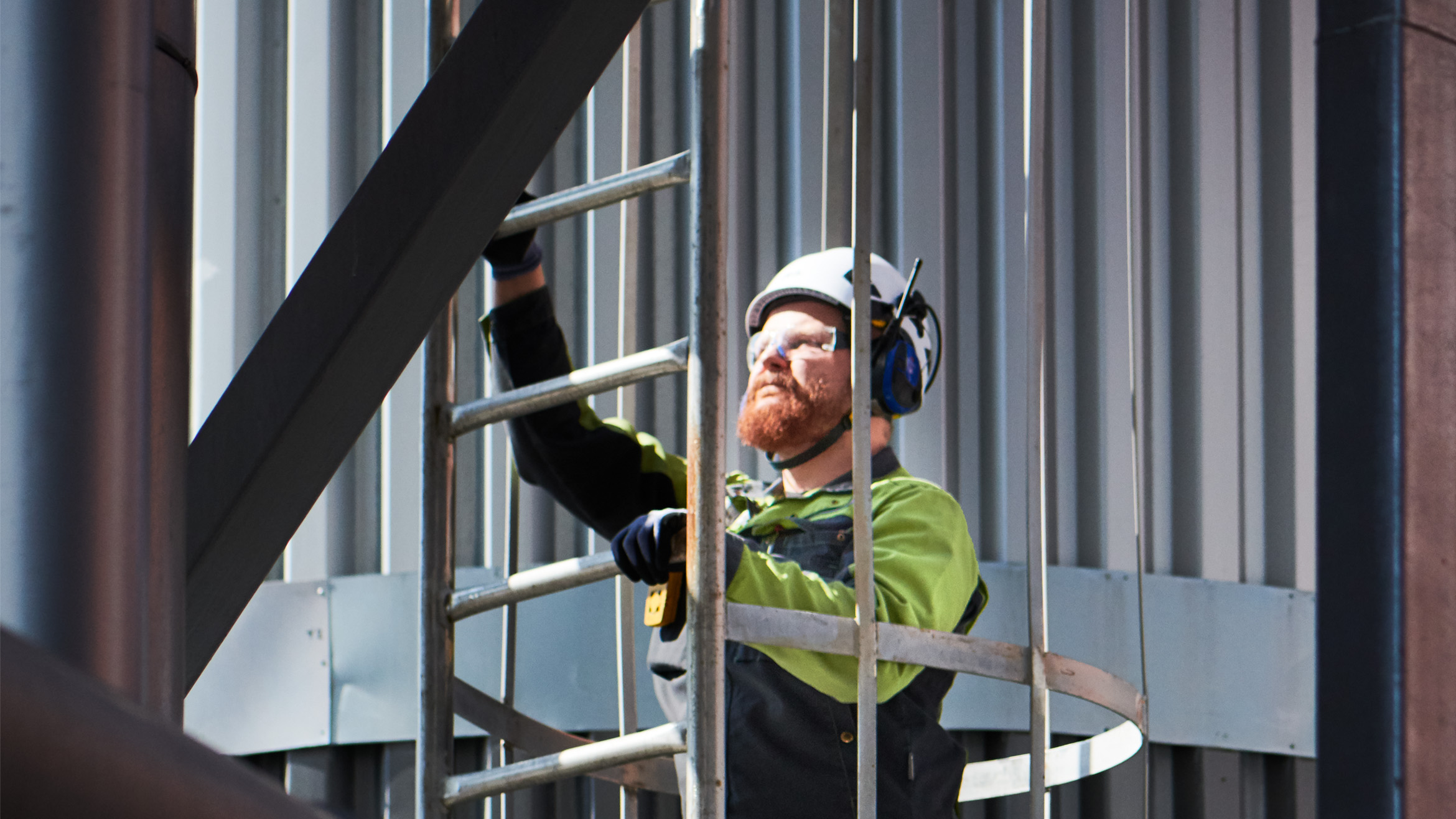
Power plant maintenance work is carefully planned
In recent years, all the departments of Joutseno pulp mill have worked steadily to reduce the use of process water. The goal is to reduce the mill’s wastewater volume by 35 per cent from the 2018 level by 2030.
The reforms can be seen most clearly at the power plant. For example, cooling water has been redirected and the oil extraction capacity has been increased to boost environmental performance.
Aleksi Heikkilä works as department engineer at Joutseno pulp mill’s power plant, ensuring that its reliability and environmental efficiency remain at a high level.
“Power plant maintenance work often lasts the longest, so it’s planned extensively and carefully. We want to ensure the work can be performed safely and cost-effectively.”
The power plant is a key component of the pulp mill. Any disturbance there quickly affects the operations of other departments.
“Anticipating such situations is part of our daily work at the power plant. It helps us ensure that the mill’s uptime isn’t disrupted by the power plant’s condition.”
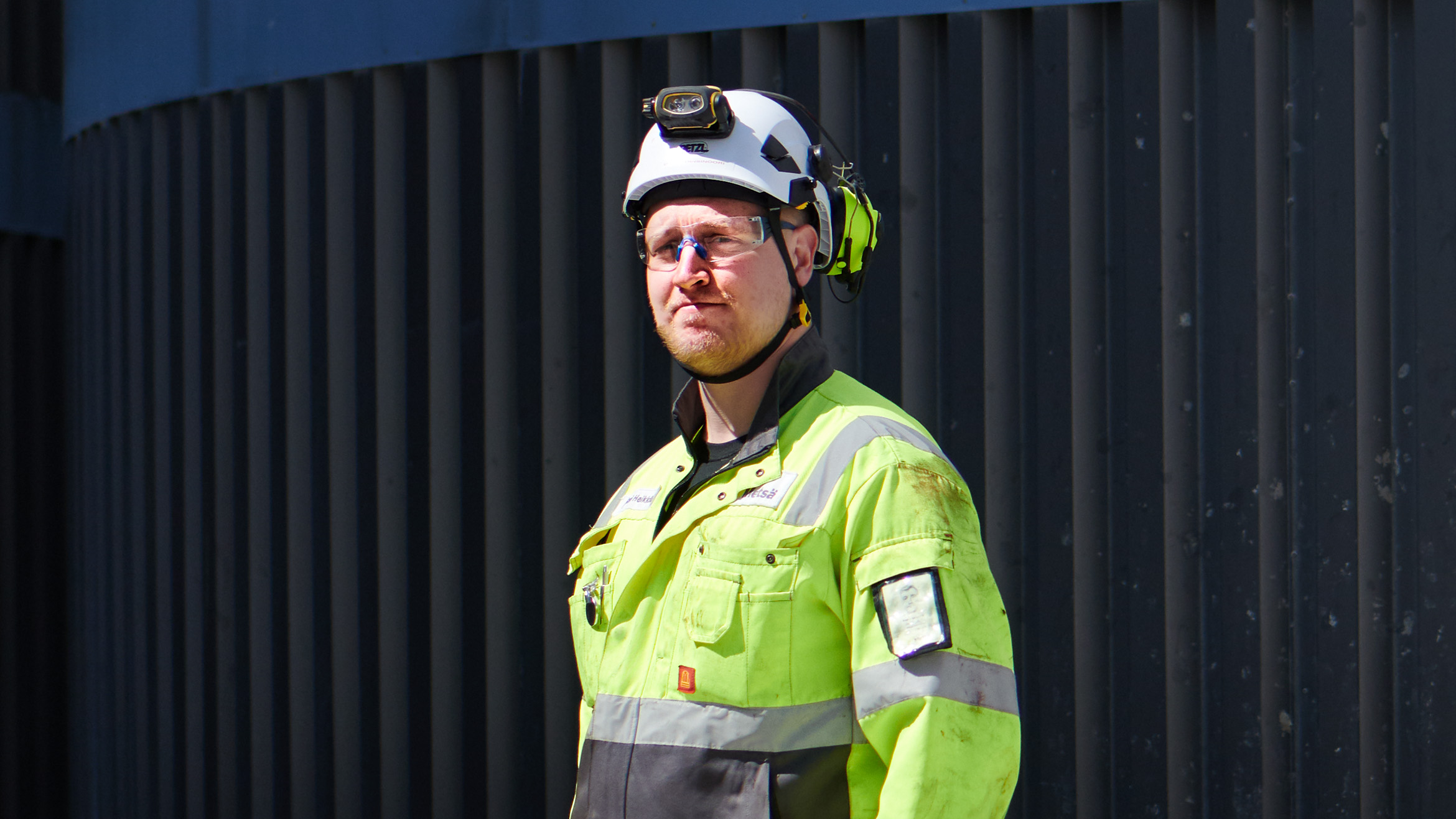
Environmental permit indicators are regularly monitored
The first days of the month are the busiest in Riikka Hall’s calendar. As an assistant in the technical production team, her duties include reporting on the Joutseno pulp mill’s environmental figures.
“It takes around three days at the beginning of each month to compile the various reports,” she says.
Operations at the mill are guided by an environmental permit issued by the regional ELY Centre (Centres for Economic Development, Transport and the Environment), a branch of central government tasked with promoting sustainable economic development and curbing climate change. Emissions generated at the mill are monitored, measured and controlled extensively.
The reports provide data for the mill’s own use, but information is also supplied to authorities. Operations subject to an environmental permit are supervised by ELY Centres, which monitor compliance with emissions limits.
In addition to reporting, Hall handles various tasks, large and small, that keep production running smoothly. For example, she keeps track of any chemical safety data sheets that need to be updated, and issues access passes to the mill area for external service providers.
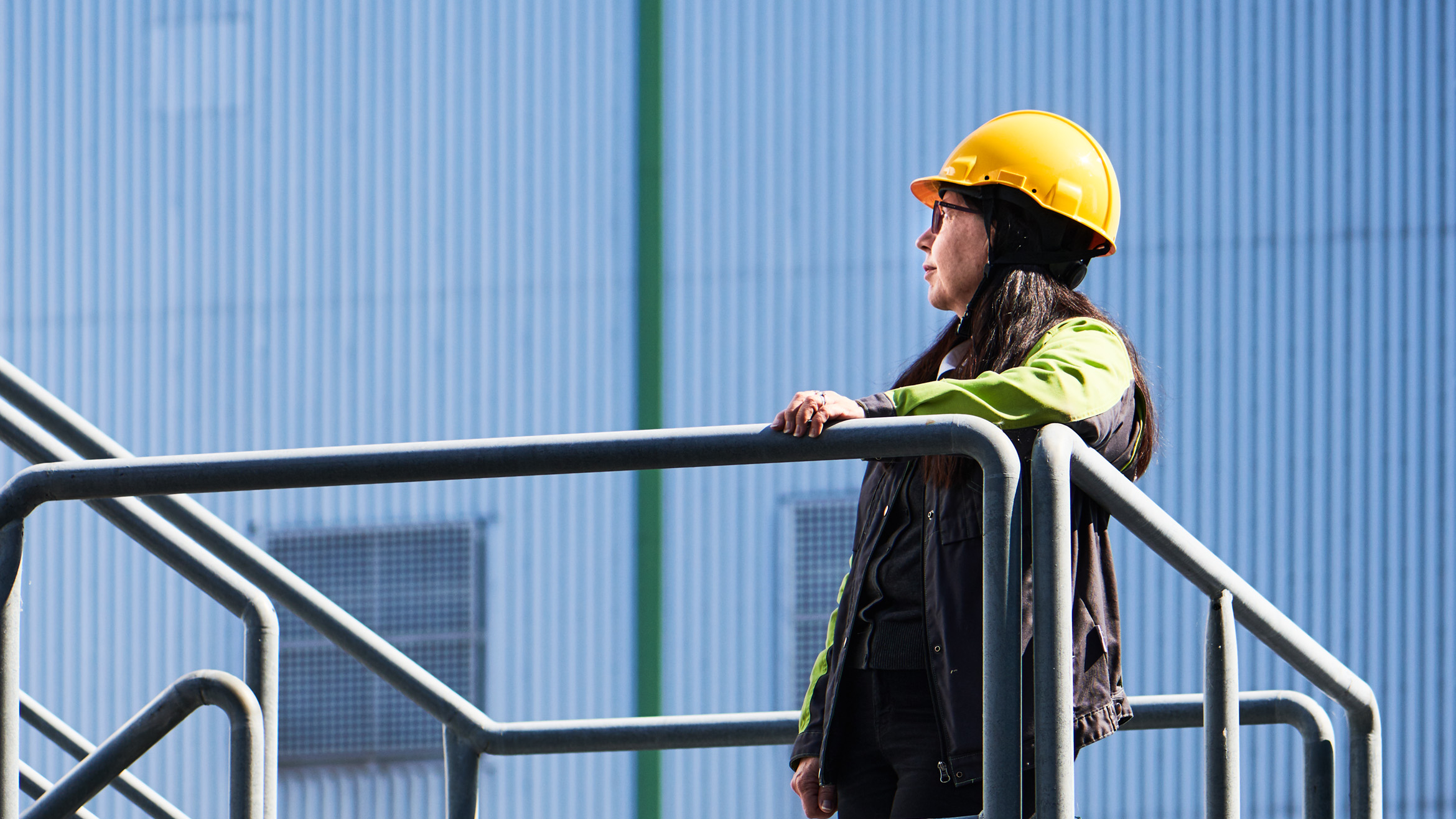
Cooperation with equipment suppliers and operators
The dried pulp is fed into the sheet cutter to make sheets, which are baled and assembled into export units.
“When the mill’s production runs at a normal level, the drying machine can be at a standstill for no longer than 16 hours,” says Ari Hyyryläinen, department engineer at the drying department.
Unexpected interruptions longer than this would lead to production losses, so they are avoided as far as possible. In his role as department engineer, Hyyryläinen is responsible for monitoring the condition of equipment and for planning and scheduling maintenance work.
“More extensive maintenance work is planned jointly with equipment suppliers. Cooperation with operators also plays a big role in my work. Everyone needs to be informed how things stand.”
Hyyryläinen describes himself as an organiser who wants to hold the reins and is motivated by success at work.
“But if you ask me what I like best about this work, it’s the skilled employees I have the pleasure of working with.”
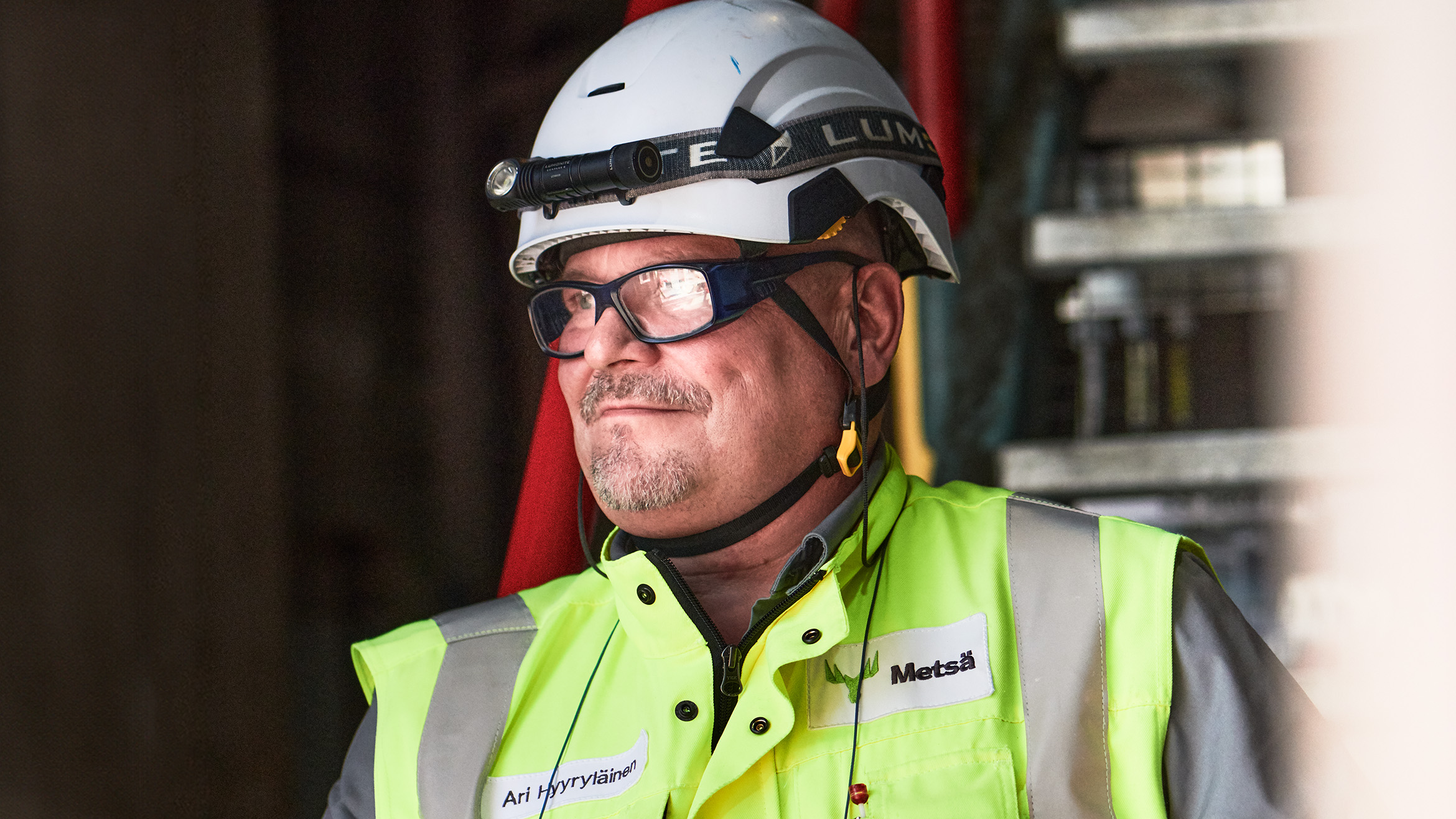
This article was originally published in Fibre Magazine issue 2024.
